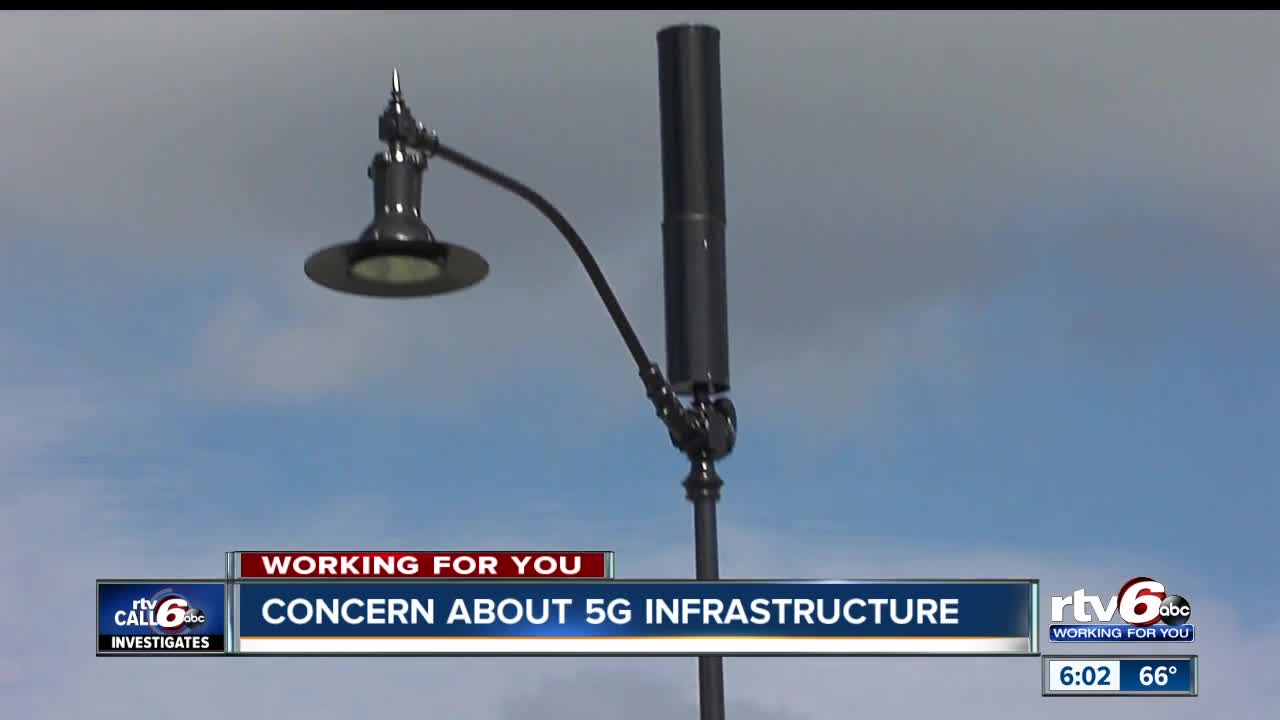If you've ever wandered through a town, you may have seen tiny cell towers for 5G on street light poles. They look like small boxes however they're actually sending wireless signals from mobile providers to your phone.
These smaller towers are replacing the larger built cell towers. While they're not as noticeable but they can still create problems for those who live nearby.
A of the FCC's Radiation Exposure Thresholds
The FCC's Radiation Exposure Thresholds determine the safe limit at which a person can be exposed to electromagnetic radiation from wireless devices. The limits of exposure are based on scientific data which show that the energy of RF can be harmful to human health.
The rate of absorption called the specific absorption rate (SAR) is an indicator of the amount of radiofrequency energy taken up by tissues. It's usually 1.6 watts per kilogram, spread over a gram of tissue.

However, because what is a safe distance from a cell tower transmits at higher frequencies and has the potential to create more energy on the skin as well as other body parts. This could lead to various potential problems, including an increased development of skin diseases like dermatitis, skin cancer and cataracts.
Due to the potential for harmful effects of radiation from 5G, PSU has chosen to establish a general, localized maximum power density of four MW/cm2 averaged on 1cm2, and never to exceed 30 minutes, for all 5G services at 3000 GHz. This localized limit is consistent with the highest SAR spatial-average of 1.6 W/kg, which is averaged over 1 g of tissue at 6 GHz.
The FCC's Maximum Exposure Thresholds
Have you ever used a mobile phone, then you've probably realized that a safe location from the tower is around 400 meters. This is due to the power of the transmission of a cell tower increases dramatically the further away you are from it.
While this sounds like something that's good, the reality is that people who live close to towers might be more susceptible to health problems. For example, a study from 2014 in India found that residents living within 50 meters of cell towers had much more health problems than those living further distance from them.
But, the study showed that residents who moved to areas that were further from cell towers noticed their symptoms improve within a couple of days. Other studies have revealed that exposure to high levels of radiofrequency electromagnetic fields (EMFs) can lead to brain tumors, cancers, and other health problems.
safe distance from cell tower is due to the fact that the RF radiation used in wireless communication, can be absorbed by the body's outer layer, the skin. This is important to understand because the skin serves as a protective barrier against injury to the body, infection from pathogenic microorganisms, as well as infiltration of toxic substances. It is also the biggest organ in the human body, and is accountable for maintaining the integrity of other organs.
The FCC's Minimum Exposure Thresholds for the Minimum Exposure
The FCC's Minimum Exposition Thresholds are based upon many assumptions that aren't supported by scientific research. These include the erroneous belief that short-term exposures RF radiation is safe due to minimal radiation penetration in the human body (i.e. the heating of tissues).
This assumption does not take into account the deeper penetration of the ELF components of modulated RF signals, as well as the effects on the body of short bursts caused by RF pulses. These assumptions do not correspond with the current understanding of biological effects of RF radiation. As such https://ctxt.io/2/AACQ5muKEw shouldn't be relied upon for health-protection exposure standards.
Furthermore there is the fact that both ICNIRP and FCC limit its maximum levels of radiation exposure for local peak SARs that are based on the maximum spatial specific absorption rate (psSAR) that is not a reliable dosimetric instrument to determine the degree of exposure to radiofrequency radiation. Particularly, psSAR is inaccurate for frequencies above 6 GHz. In addition, psSAR is not been evaluated for RF radiation exposed to other agents of the environment such like sunlight. Interactions of RF radiation with other environmental agents may cause synergistic or antagonistic results. This could result in an increased risk of negative health effects. For instance, exposure to RF radiation with sunlight may raise the chance of developing skin cancer, as well as aggravate other skin disorders, such as acne.
